How to unlock the power of negative space
If you've never heard the term "negative space" before, you might assume it's something undesirable. In fact, it's quite the opposite.
The best way to show you what it means is through one of the world's most recognizable logos:

Take a close look at the space in between the "E" and the "x." There's a hidden arrow that you might be seeing for the first time. It's an apt symbol to embed in the name of a company that moves things from one place to another.
For a more poignant rendition of negative space, check out this mural in Toronto's West Queen West neighbourhood, by artist Micah Lexier:
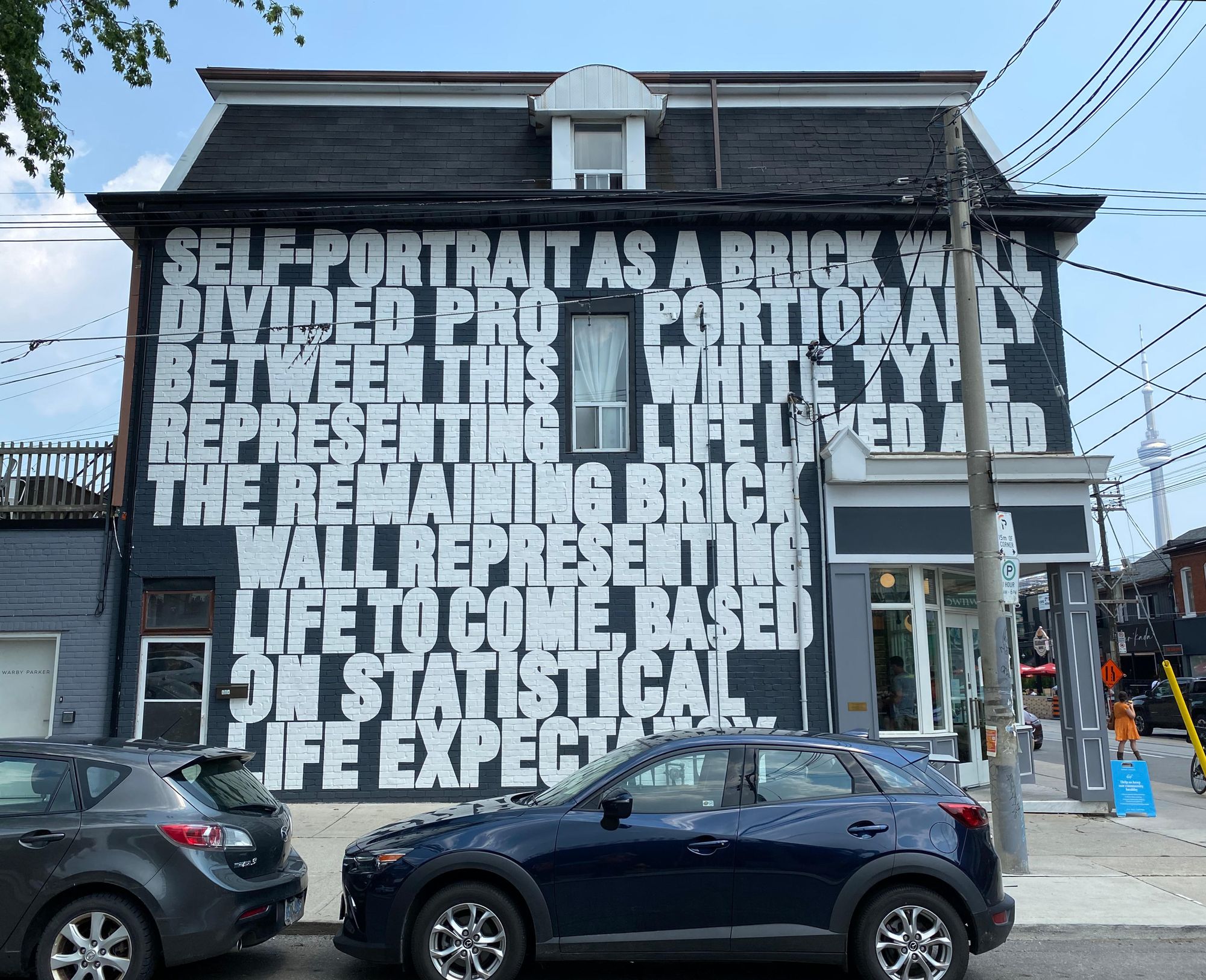
The text reads: "Self-portrait as a brick wall divided proportionally between this white type representing life lived and the remaining brick wall representing life to come, based on statistical life expectancy." It's a stark and poetic meditation on mortality that might lead an attentive viewer to scan the black space between the letters and reflect on the passage of time.
The reason I enjoy looking at negative space is probably because I grew up in a design-infused household. My Mom was a master of arranging things – books, objects, furniture – in ways that left gaps as interesting as the things themselves.
She hasn't ever quit. Here's a vignette in her living room that I photographed a few days ago:
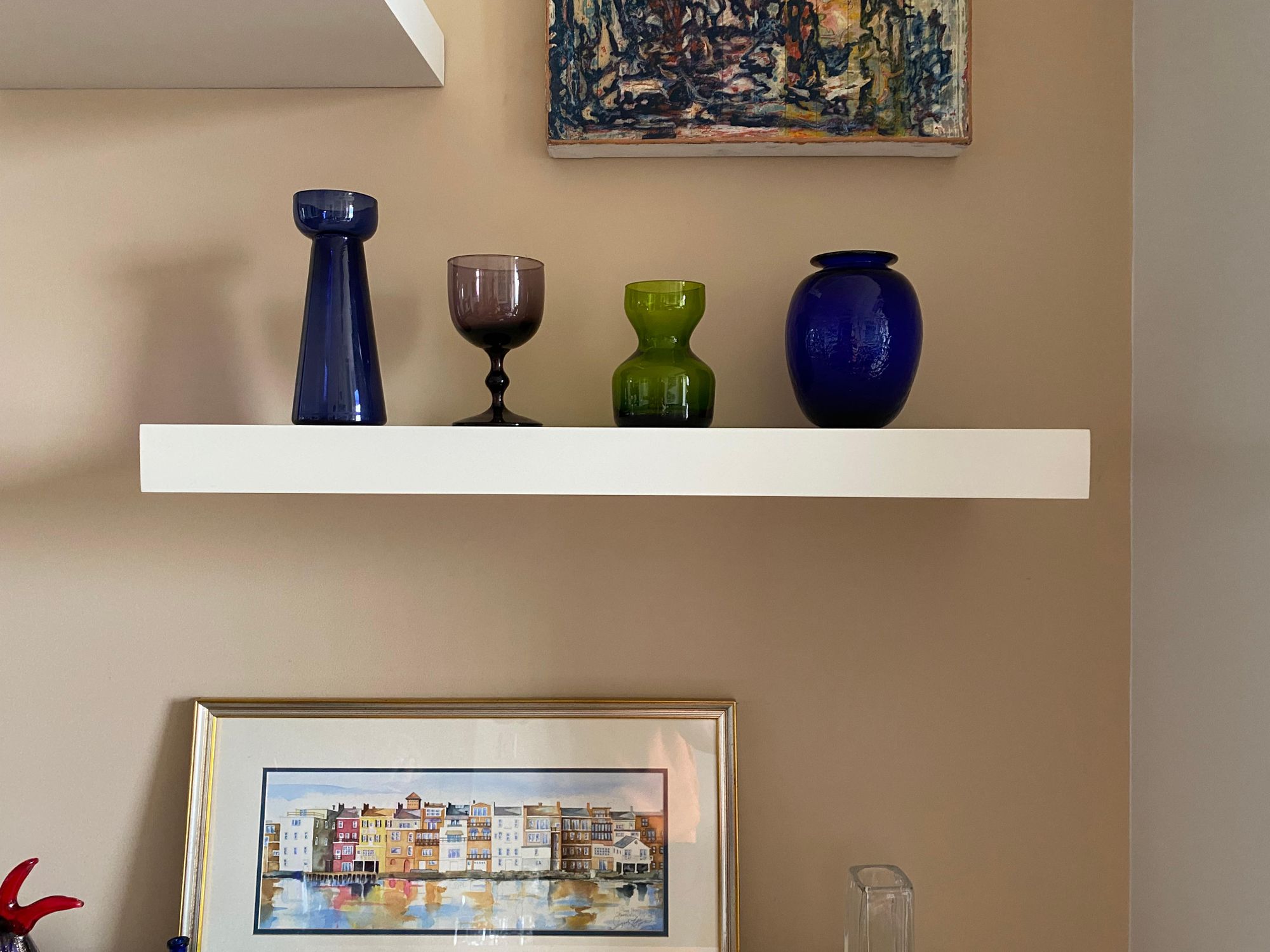
The thoughtful spacing of the four vases creates expressive shapes that are appealing in their own right:
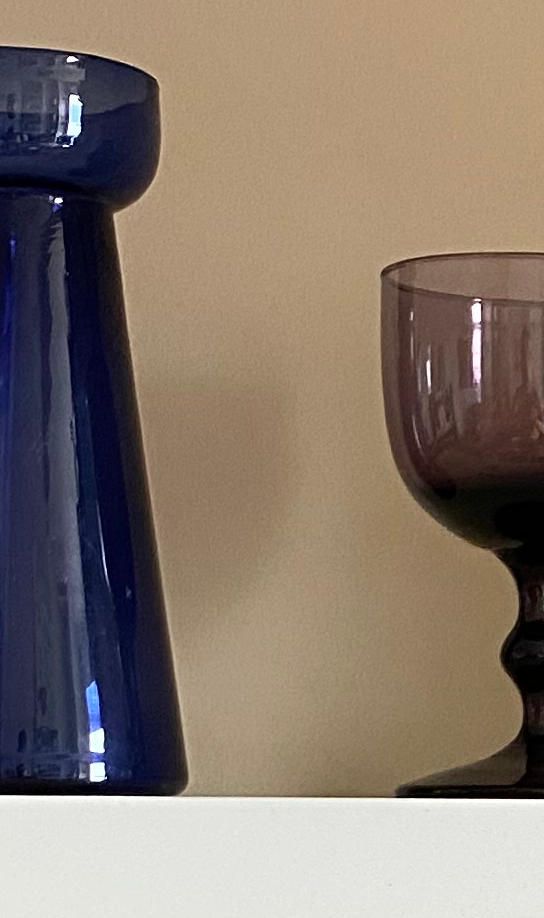
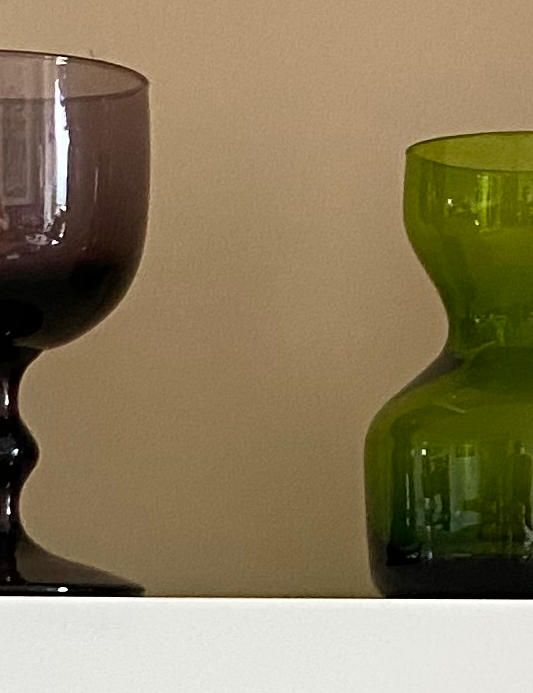
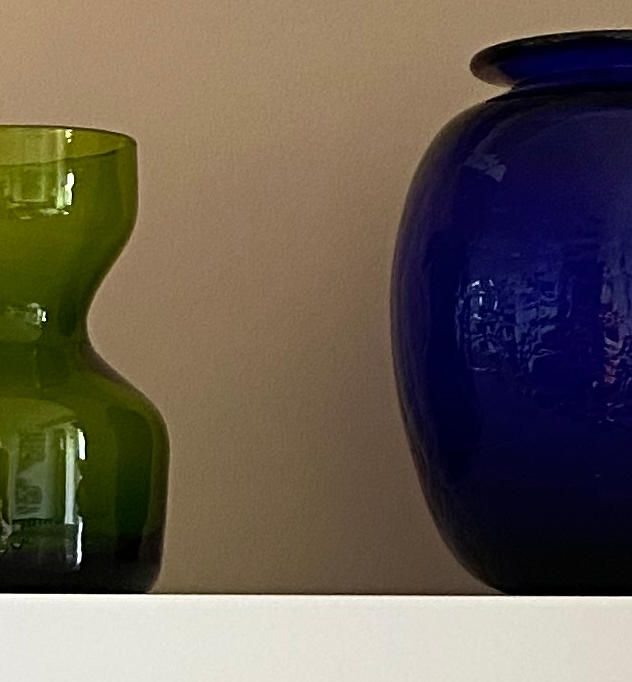
Do try this at home
The next time you feel the urge to reconfigure your environment, pay attention to the spaces between whatever you're moving around. You'll discover that proximity is key. Too close and the items will be too jumbled to tempt your gaze. Too far apart and the spaces between won't register as unique shapes of their own.
When you achieve that Goldilocks "just right" feeling, stand back and admire your work. Your future guests are likely to be stunned, without knowing exactly why.
One caveat though: Start small. You'll save some muscle aches by practicing on a shelf or windowsill first, then building up to the positioning of sofas, armchairs and tables. Once you reach full-scale, you'll be a well-practiced rearranger with an eye for things your visitors won't necessarily see – but will undoubtedly feel.




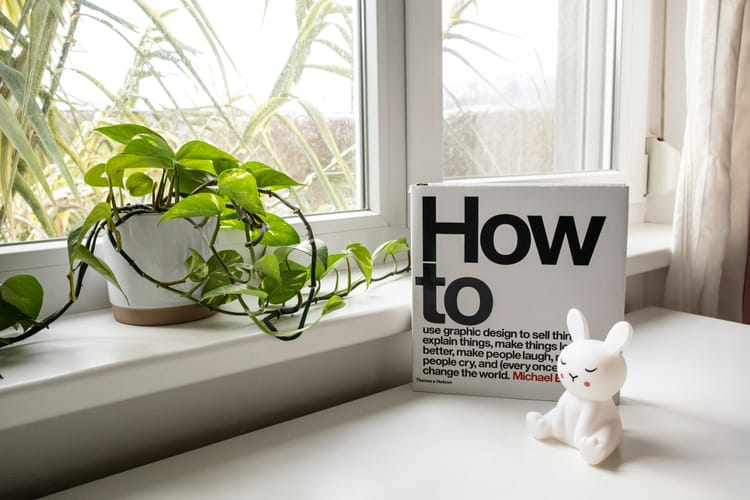

Member discussion